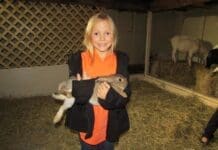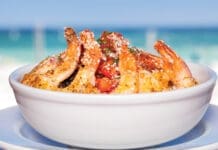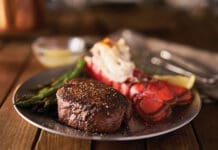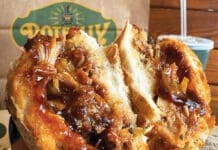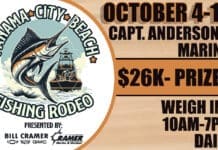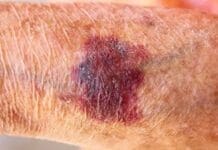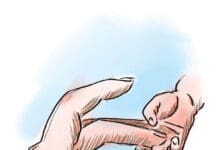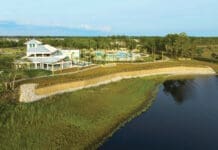 By Julie McConnell, UF/IFAS Extension Bay County
By Julie McConnell, UF/IFAS Extension Bay County
Native persimmon trees can be found throughout our region and when ripe the fruit is delicious, but if you bite into one before it is completely ripe you are in for an unpleasant surprise. Persimmon fruit produce tannins which create astringency that has been described as “bitter,” “mouth puckering,” “furry mouth,” or “throat constricting.” One terrible experience like that might make you turn your nose up at persimmons but armed with essential information you can avoid the pucker and enjoy some easy-to-grow fruit!

The native range of American or Common Persimmon (Diospyros virginiana) extends from Connecticut to Washington State including Central and Northwest Florida. A medium sized tree that can mature as large as 60 feet tall by 35 feet wide, but typically is smaller in a home landscape. Small, rounded fruit are produced in the fall, and some require a frost to fully ripen. It is important to allow the fruit to ripen to a state of softness to avoid the astringent properties. American persimmons are adapted to our climate and soil types, but some are dioecious, meaning you need a male and female tree for fruit production. Fall color ranges from red to purple foliage.
Another persimmon type to consider are the Japanese Persimmons. Among this category there are astringent and non-astringent fruit producers. A popular and highly recommended cultivar for Northwest Florida is ‘Fuyu’ also known as ‘Fuyugaki.’ Fuyu persimmon is a much smaller tree than American persimmon and is self-fertile, so you only need one tree. The non-astringent fruit is much larger than the native types and can be eaten while still firm if the color has transitioned to orange. Fruit can be picked after color starts to turn, to ripen indoors and are still edible when soft, extending the shelf life of the fruit. Although Fuyu is classified as non-astringent, if eaten before ripe it will contain bitter tannins.
For more information on the trees listed above please visit the following links:
Diospyros virginiana: Common Persimmon https://go.ufl.edu/4xpah9o
Japanese Persimmon Cultivars in Florida https://go.ufl.edu/12e43cj
An Equal Opportunity Institution. UF/IFAS Extension, University of Florida, Institute of Food and Agricultural Sciences, Andra Johnson, Dean. Single copies of UF/IFAS Extension publications (excluding 4-H and youth publications) are available free to Florida residents from county UF/IFAS Extension offices.


